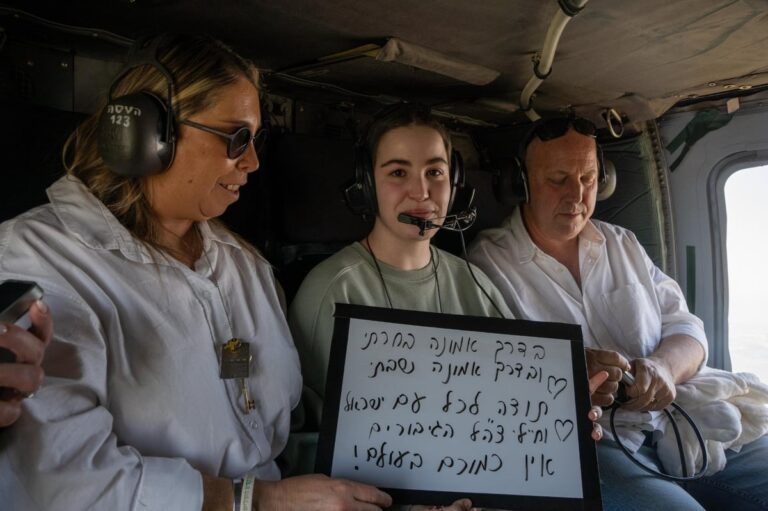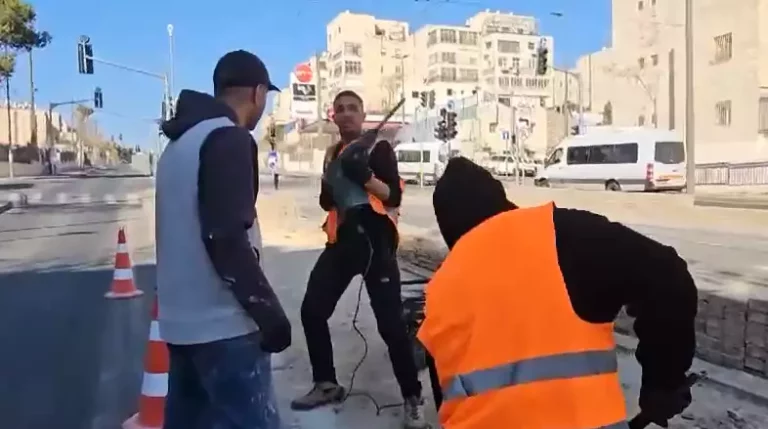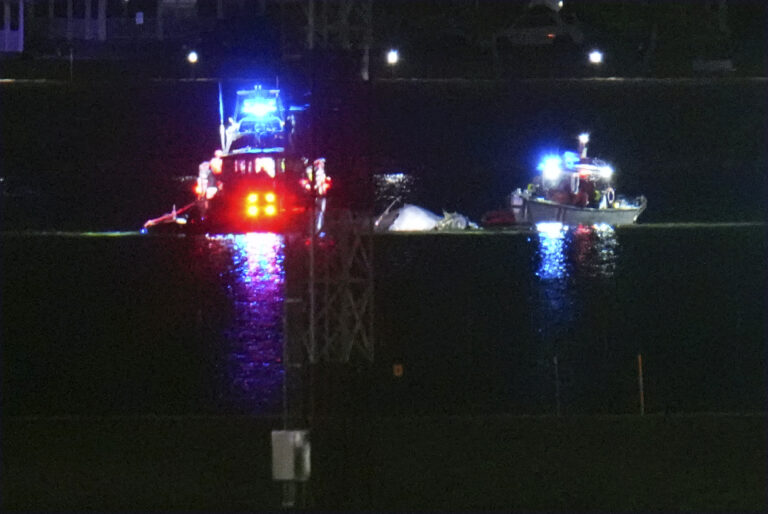 When Belgian police searched the home of a suspected member of the Islamic State after the Paris terror attacks in November, they found in the suspect’s apartment a curious video. It appeared to be a surveillance recording, made by the suspect, of a senior researcher at a Belgian nuclear center. The authorities speculate that it might have been part of a terrorist plot to capture nuclear materials from the center, perhaps by kidnapping the researcher. The episode has prompted Belgian authorities to deploy armed troops to protect nuclear sites, replacing a private security force.
When Belgian police searched the home of a suspected member of the Islamic State after the Paris terror attacks in November, they found in the suspect’s apartment a curious video. It appeared to be a surveillance recording, made by the suspect, of a senior researcher at a Belgian nuclear center. The authorities speculate that it might have been part of a terrorist plot to capture nuclear materials from the center, perhaps by kidnapping the researcher. The episode has prompted Belgian authorities to deploy armed troops to protect nuclear sites, replacing a private security force.
The potential threat is clear. Much has been done to reduce nuclear weapons stockpiles and materials over the past 25 years, but hazards remain from highly enriched uranium and plutonium spread around the globe. Some 1,800 metric tons of weapons-useable material is stored in hundreds of facilities, including civilian research reactors and military stocks.
Starting in 2010, President Barack Obama cast a spotlight on the problem with international summits at which leaders were pressed to act, including the cleanup of materials that could be used for building a so-called “dirty bomb,” a conventional explosive combined with nuclear materials that, while not a nuclear blast, would nonetheless cause considerable mayhem and disruption. In 2010, when the summits began in Washington, 35 nations had weapons-usable materials; three summits and six years later, it is down to 24.
But now comes the difficult part. Leaders of more than 50 nations will gather in Washington at the end of this month for the fourth and final nuclear security summit. Then what? The summit process has not given rise to an effective global system for securing these nuclear materials. It will take some real imagination and determination to keep up the pressure. We hear the coming summit will produce “action plans,” pledges from the leaders to pursue nuclear security in existing international organizations. It may also set up some kind of smaller, ongoing contact group. But will these be sufficient to sustain the sense of urgency and political drive that the summits generated?
A detailed index published by the Nuclear Threat Initiative shows tangible progress was achieved between 2012 and 2014, but since then efforts have stalled, due to political issues that have diverted attention, bureaucratic inertia, lack of resources and cultural factors. None of these are going away any time soon.
The rapid deterioration of U.S. relations with Moscow has taken a toll, too. Russia has declared it will not attend the summit. Cooperation on nuclear security has all but collapsed under the weight of President Vladimir Putin’s ill-fated adventure in Ukraine. Former senator Sam Nunn, D-Ga., who pioneered that cooperation, said recently there is a “corrosive lack of trust” between Washington and Moscow, and channels of communication are “few and far between.” Without in any way easing the pressure on Putin over Ukraine or Syria, the United States and Russia ought to realize that Islamic State terrorists interested in nuclear materials in Belgium are a threat to all countries, and one worth talking about.
The Washington Post · Editorial Board










